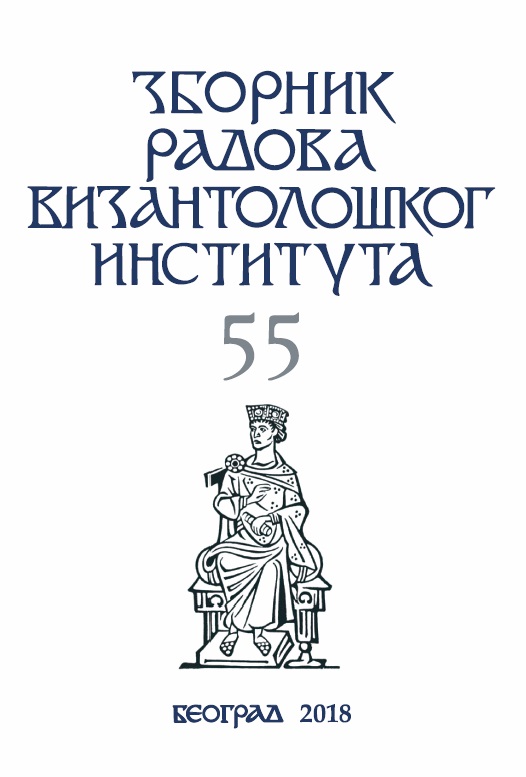Semantra and Bells in Byzantium
Semantra and Bells in Byzantium
Author(s): Bojan MiljkovićSubject(s): History of Church(es), Eastern Orthodoxy
Published by: Vizantološki institut SANU
Keywords: semantron; bell; monastery; typikon; belfry; church
Summary/Abstract: According to written sources, semantra were used to summon the faithful to prayer throughout the history of Byzantium, during more than one millennium. Semantra were first made exclusively of wood, while as of the mid-11th century some monasteries used three types of semantra – a small and big semantron made of wood, and the third, bronze semantron. Up until the Fourth Crusade, lay churches in Constantinople, including Hagia Sophia, as well as cathedral temples in the interior, maintained the ancient tradition of using wooden semantra only. The first reliable example of the use of bells originates from the mid-12th century. At a least hundred years earlier, they were brought to the Empire’s territory by traders from the Apennine peninsula for their places of worship. The erection of a high belfry in front of the Constantinople Great Church at the time of the Latin Empire had the decisive influence on the acceptance of bells after 1261, first in the liturgical practice of the capital, and then in the entire territory of the restored Empire under the Palaiologoi dynasty. The new practice did not uproot the older one – semantra continued to be used.
Journal: Зборник радова Византолошког института
- Issue Year: 2018
- Issue No: 55
- Page Range: 271-303
- Page Count: 33
- Language: English

